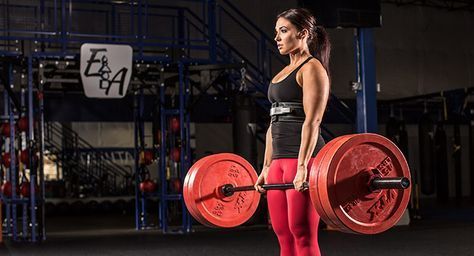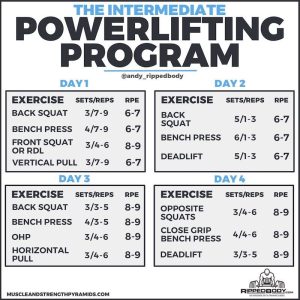
Welcome to our comprehensive guide on meet preparation for powerlifting competitions. Whether you’re a seasoned competitor or a beginner looking to enter the exciting world of powerlifting, this article will provide you with the essential knowledge and step-by-step guidelines to ensure you are fully prepared to succeed on the platform.
The Importance of Preparation
Preparation is the key to success in any endeavor, and powerlifting is no exception. Adequate preparation not only helps you perform at your best during the competition but also minimizes the risk of injury. It involves a combination of physical, mental, and logistical aspects that should not be overlooked.
Step 1: Establish Clear Goals
Before diving into the physical aspects of meet preparation, it is crucial to set clear goals for the competition. These goals will define your training approach and keep you focused throughout the process. Whether it’s breaking personal records or aiming for a podium finish, having specific objectives will guide your training program and overall mindset.
Step 2: Plan Your Training Program
Once your goals are established, it’s time to plan your training program. This includes determining the optimal training frequency, exercise selection, volume, intensity, and periodization. Seek guidance from experienced coaches or utilize trusted resources to design a program that suits your needs and abilities. Remember to include deload periods and allow time for recovery to prevent burnout and injuries.
Step 3: Focus on Strength and Technique
Powerlifting competitions consist of three main lifts: the squat, bench press, and deadlift. To excel in these lifts, it’s essential to focus on both strength development and technique refinement. Incorporate exercises that target specific muscle groups related to each lift and practice proper form to maximize performance. Seek feedback from coaches or experienced lifters to refine your technique.
Step 4: Nutrition and Hydration
Nutrition plays a vital role in ensuring optimal performance and recovery. Prioritize a well-balanced diet that meets your energy requirements and includes sufficient protein for muscle repair and growth. Stay hydrated throughout your training period and during the competition. Don’t forget to monitor your weight, if relevant, to ensure you are within your desired weight class.
Step 5: Mental Preparation
Powerlifting competitions can be mentally demanding. Develop mental strategies to stay focused and confident during both training and the actual competition. Visualization techniques, positive affirmations, and managing pre-competition nerves are examples of effective mental preparation. Practice these techniques consistently to build mental resilience and perform at your best on the platform.
Step 6: Logistics and Equipment
Proper logistics and having the right equipment are important factors in meet preparation. Familiarize yourself with the competition rules and regulations, such as specific singlet requirements or belt specifications. Prepare all the necessary equipment, including wrist wraps, knee sleeves, belts, chalk, and appropriate footwear. Double-check everything to avoid any surprises on the day of the competition.
Step 7: Mock Meets and Dress Rehearsals
To build confidence and simulate the competition atmosphere, consider participating in mock meets or organizing dress rehearsals. These practice events allow you to experience the timing, warm-up protocols, and stage familiarity. They also provide an opportunity to evaluate your performance, identify any weaknesses, and make adjustments before the actual competition.
Conclusion
By following this step-by-step guide, you will be well-prepared to enter powerlifting competitions with confidence and increase your chances of success. Remember, preparation is essential for peak performance and to minimize any unforeseen challenges. Stay committed, stay consistent, and enjoy the journey to becoming a stronger powerlifter!

